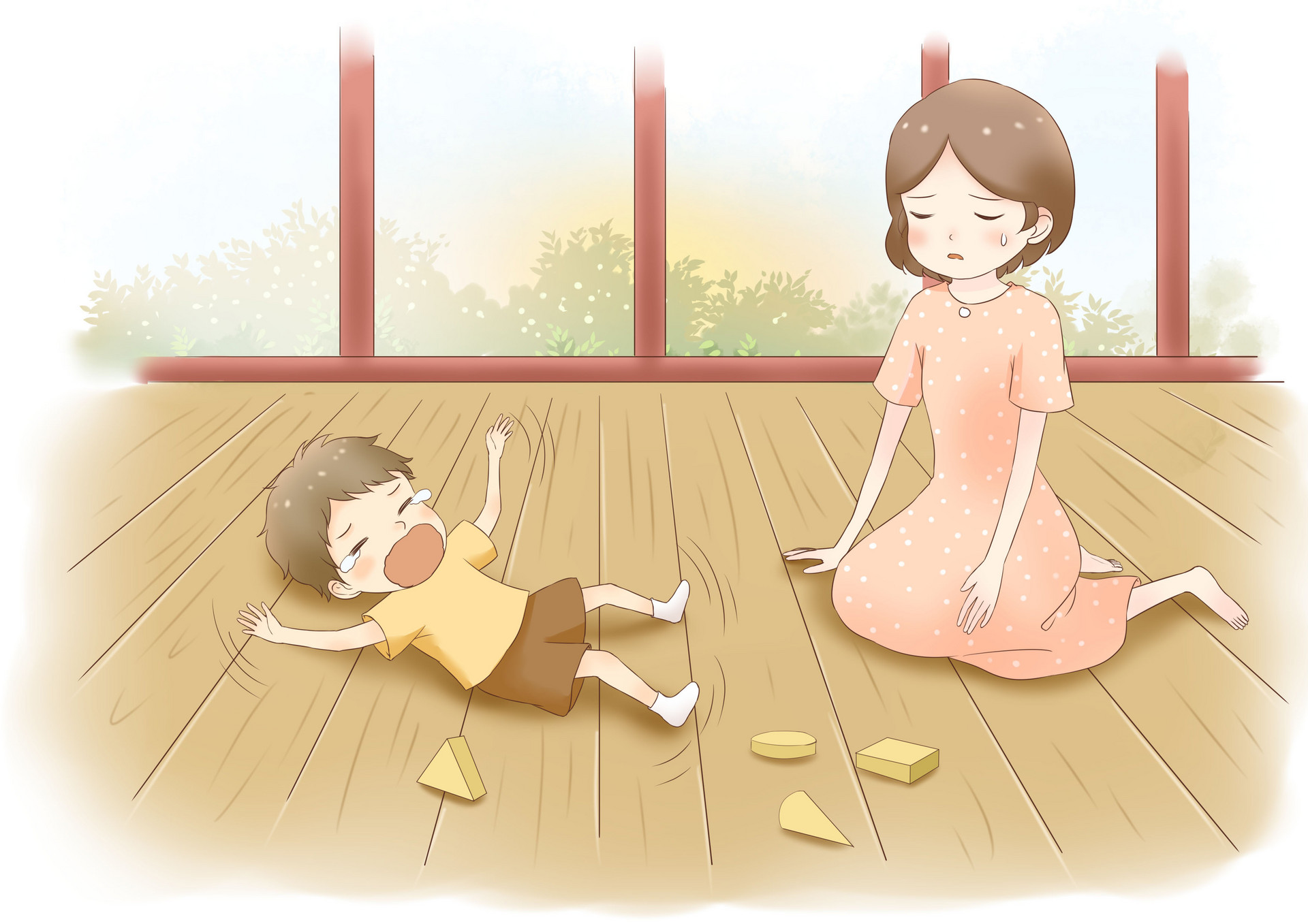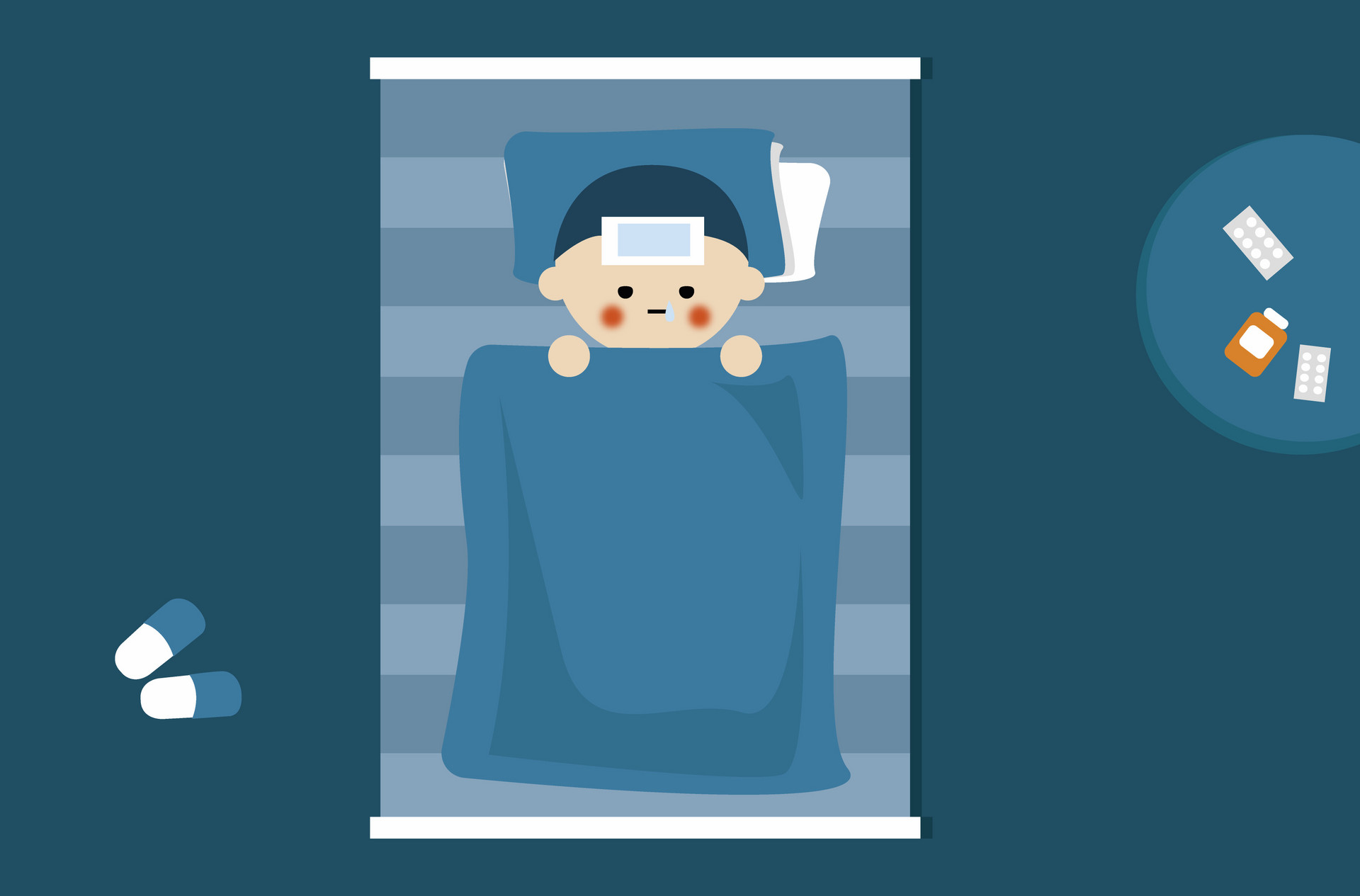Hand, foot, and mouth disease is a common disease in children during the summer. Children who have the disease may experience symptoms such as blisters on their hands and feet, cough, runny nose, and vomiting. Once a child has hand, foot, and mouth disease, not only is the child uncomfortable, but parents also feel distressed. Therefore, in the summer season when hand, foot, and mouth disease is more prevalent, preventing and treating the disease becomes something that parents need to pay extra attention to. Let's now learn some basic knowledge about hand, foot, and mouth disease so that parents can be prepared at any time.
1. Fever characteristics of hand, foot, and mouth disease
Fever is generally not high, mostly around 38℃. Fever is often the first symptom of hand, foot, and mouth disease and is usually detected 1 to 2 days before the appearance of rashes. At the same time, mild flu-like symptoms may accompany the fever, such as cough, runny nose, nausea, and vomiting. In the early stages of the disease, it is often mistaken for the flu or common cold. If there are no complications, the fever can last for 4 to 5 days. Babies with severe complications may experience sudden high fever, which should be taken seriously.
2. Transmission routes
The disease can be transmitted in various ways, mainly through close contact with infected individuals and can also be transmitted through the respiratory tract.
1. The throat secretions, saliva, blister fluid, and feces of infected children all contain a large amount of the virus. The virus can contaminate hands or contaminate towels, handkerchiefs, toothbrushes, toys, utensils, bottles, bedding, clothes, etc. When other children touch these items and then put their hands in their mouths, they can become infected.
2. When infected children cough or speak, the virus in their throat secretions and saliva can be transmitted through the air (droplets). Therefore, close contact with sick children can cause infection.
3. Drinking or consuming water or food contaminated with the virus can also lead to infection. If the virus contaminates the water source, it can also be transmitted through water and often cause an outbreak.
4. Cross-infection in clinics and inadequate disinfection of oral instruments are also among the causes of transmission. Treatment should combine Chinese and Western medicine. There is no specific treatment for hand, foot, and mouth disease, so early detection, diagnosis, and treatment are emphasized.
3. Symptomatic treatment
1. Maintain oral hygiene and rinse the mouth with lukewarm water before and after eating.
2. Keep the affected areas clean to prevent secondary bacterial infections.
3. For oral blisters, use watermelon frost spray or Sitmida ointment on the affected areas. Apply 2-3 times a day. For blisters on the hands and feet, apply Yijing Jinhuang powder, Gentiana violet, or calamine lotion. If the blisters rupture, you can apply aureomycin fish liver oil 4 times a day to alleviate pain and promote early healing. Avoid using various preparations containing corticosteroids externally.
4. B-complex vitamins, such as vitamin B2, can be taken orally.
4. Home care measures
1. Dietary care
During the acute phase, children may have blisters or ulcers on their oral mucosa, causing pain and difficulty in eating. Avoid giving spicy and irritating foods. Avoid giving salty foods to prevent pain and refusal to eat. You can provide bland, soft, and mild food or liquid and semi-liquid food, and encourage drinking warm water.
2. Oral care
Strengthen oral care for the child. Let the child rinse their mouth with warm water regularly. Rinse the mouth with saline solution or lukewarm water before and after meals.
3. Others
The child needs enough rest. The skin and hands and feet should be kept clean, and nails should be trimmed. Keep clothing and bedding clean. Do not let the child scratch the rashes to avoid secondary infection. Gentiana violet can be applied to ruptured blisters.












